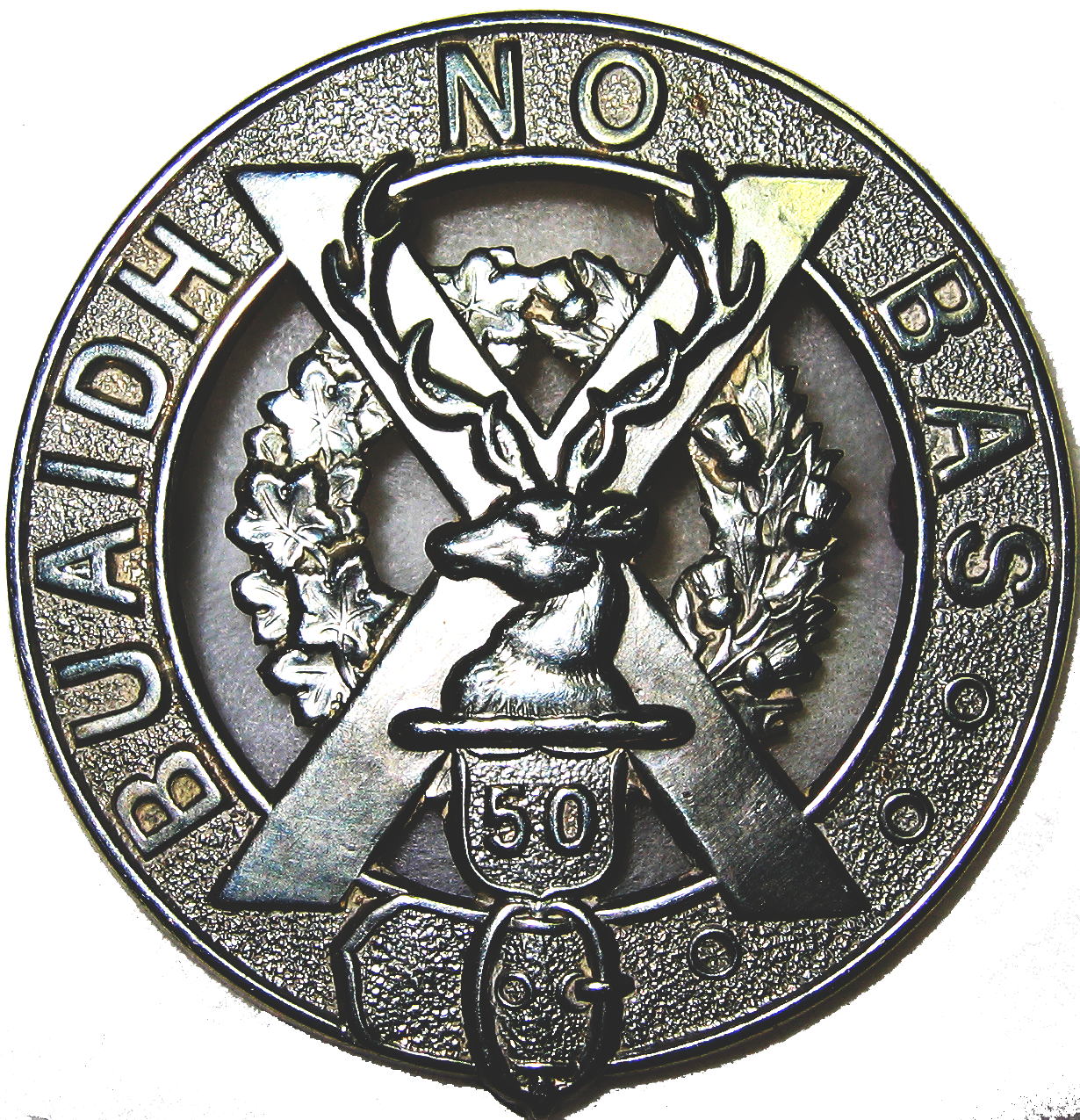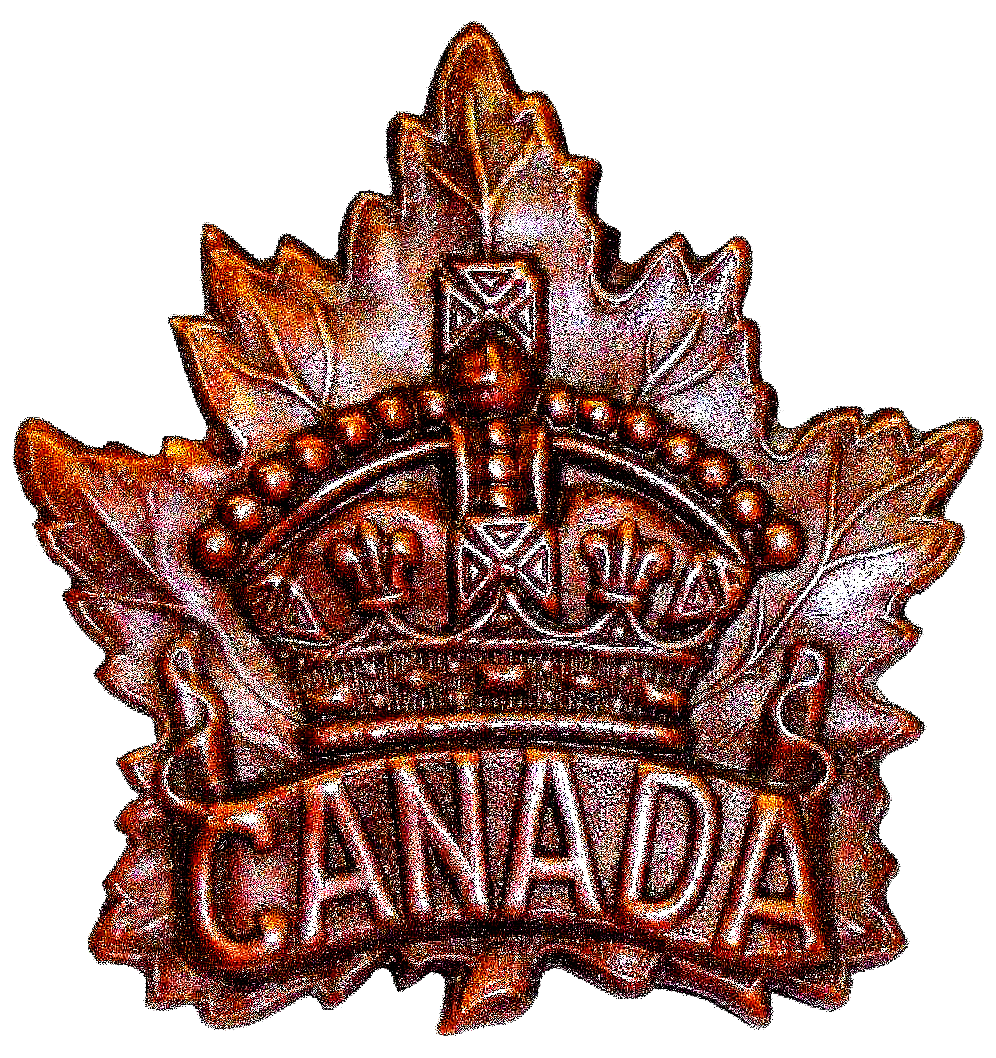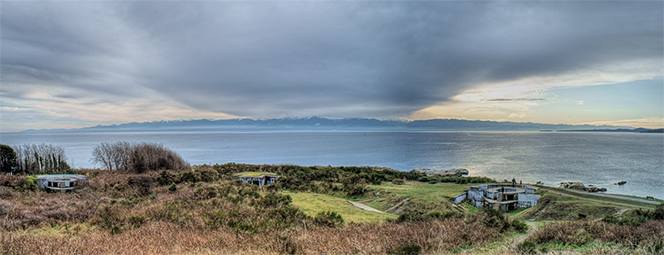 |
 OPCMHVisitor No.: |
HISTORY OF WORK POINT BARRACKSby Jack BatesINTRODUCTIONWork Point Barracks' once proud traditions are almost nowhere to be seen, gone in favour of current predominant Navy presence, indifference, and activity contrary to its existence. This compilation is intended to revive 107 years of active Army presence at "Work Point Barracks" by illustrating its history and social involvement from 1887 to 1994, and on to present time. The Township of Esquimalt celebrated its 100 years on September 1, 2012, and August 16, 2012 marked the 150th anniversary of the City of Victoria. In chronological order are articles transcribed from Victoria and other local newspapers covering activities at Canada’s first west coast army base, maintaining the content in its original form which expresses the culture of the day. The British Colonist started December 11, 1858, evolved to the Daily Colonist on January 1, 1887 and merged with the Victoria Daily Times on September 2, 1980 which had started on June 9, 1884. Included are a variety of additional references from archival sources and other publications from the military community and my “personal narration and opinions,” with mention of my family and dearest of friends. This compilation will afford an opportunity to research the many different characters and personalities. Also included are personal recollections from some of the people who were involved in "Life at Work Point" over the years. I have always admired and respected the "soldierly" patriotic spirit and the personal associations and camaraderie it offers. Parading bag-pipes, drums, bugle calls and the ever gleaming "Gloc-en-spiel" have prompted many to shed a tear at one time or another and appreciation of that in my memory provided me with additional motivation for this undertaking. "C" Battery, Regiment of Canadian Artillery at the time, was the first military unit and first Regular Canadian Army troops, to occupy the original buildings on the Work Point Barracks site, a detachment from April 1889, the main body in June 1890. Statistically, Army forces were in Esquimalt more than thirty years before the Canadian Navy was formed if you include the adjacent Fort Macaulay defences manned by local Militia volunteers from 1878. In concept, back to 1871 when defence of Victoria and Esquimalt was formally entertained following British Columbia joining Confederation in that year, or back to 1865 when British Colonel Blair first planned armament for Macaulay Point of 3 - 7-inch RML guns, according to Ron Lovatt's (Parks Canada) reports. Fort Macaulay as it was initially named, Macaulay Point, Battery Point or Sailor's Point in some circles, Macaulay Plains and Macaulay Camp, are all associated but with their own identities. Associated with Work Point is the Golf Hill Battery created during WW2, providing the best views from behind the chain link fencing, and the stone house with its related concrete structures extant on the rocky shoreline at McLoughlin Point. Harrison Point is geographically associated with Macaulay Plains. Aside from the British army units that occupied Work Point from 1893 to 1906, Canadian Artillery and Engineer establishments were prominent with Dental, Electrical and Mechanical, Intelligence, Medical, Ordnance, Pay, Provost, Service and Signal Corps (all retitled now of course) resided in support. The two Canadian Army Infantry units garrisoned here were the PPCLI on three occasions for a total of fifty-two years and the QOR's of C one term of eight years. As the initial headquarters for Pacific Command and the 6th Division during WW2, it brought in a number of units from across the country as well as the local Canadian Scottish Regiment and the CWAC was originally formed there. It served as Canadian Military District #11 and Fortress Headquarters of this area for many years prior to and in times of crisis, the Canadian Rangers (PCMR) were headquartered at Work Point as well. Continuous Militia presence for training and support cannot be overlooked including a Militia Staff Officer's Course in 1914 in which Sir Arthur Currie and others completed prior to proceeding overseas. The various antecedent units of the current 5th (BC) Field Regiment RCA, date back to the start of Victoria-Esquimalt coastal defence at the Fort Macaulay battery in 1878. Since then, Work Point Barracks and "Macaulay," were always busy as various unit headquarters for recruiting, as a staging area and training centre, with numerous coastal, anti-aircraft and machine gun and search light emplacements for its protection. Many children were born at the early barracks hospital and sadly some souls died there. There are currently 12 original civilian houses expropriated during WW2 still in use as residences, 316 Anson Street was relocated in 2013 to Buckley Bay, avoiding proposed demolition, while 941 Client Street was demolished in 2015. The 3rd Battalion PPCLI was the last garrison unit at the barracks, departing for Chilliwack in 1994 thence to its current Edmonton home station in 1995, after the Chilliwack Camp closed. "Freedom of the City" was granted in ceremonial recognition to the Third Battalion PPCLI, while stationed at Work Point Barracks, by the Municipality of Esquimalt on September 16, 1972 and by the City of Victoria on June 15, 1974. They exercised that right again in Esquimalt on Canada day, June 30, 1991. The RCR, rumoured to have been the first Canadian Army infantry unit to occupy Work Point is incorrect, they occupied the Marine Hospital on the then Songhees Indian lands (Hospital Point) on the Victoria Harbour for one year 1900 - 1901, and "L" Company, Station 6 was at Work Point as a recruiting depot for the regiment during WW1 from August 1914. For over a hundred years the Army Garrison at Work Point, Canadian and interim British and Canadian again, aside from the military presence it afforded, hosted and continuously participated in many social events and sports leagues held at Work Point, in Esquimalt, and Victoria. It was part of the social fabric of the area and the Macaulay Golf Links was established in 1893. Events were hosted from football (soccer) to rugby, softball, rowing to tug of war, cricket to grass hockey, boxing to tennis, various shooting and paper chases, musicals and dances, card clubs and smokers, many ceremonial and church parades, welcoming gun salutes and receptions for local, celebrity and Royal visitors. The local soccer association still sports a championship cup from the early "Garrison" era called the "Garrison Cup." There is also a trophy called the "Championship Challenge Cup" commemorating the departure of the RGA and RE from Esquimalt in May 1906 at the 5th (BC) Regiment museum in the Bay Street Armouries. Some of the personalities served the community in politics and as school board trustees in Esquimalt. The barracks also provided an establishment for community youth groups such as Army, Navy and Air Force cadets, Army Reserve units, military and civilian rifle clubs, the Esquimalt High School rifle club, the Boy Scout association and for a time, the Canadian Corps of Commissionaires. A time gun, fired at noon and 9 p.m. for Victoria to rely on for many decades, was also a feature of the barracks and produced many a tale as did daily ceremonial bugle calls from atop Golf Hill. There are some buildings remaining in use at Work Point (the original 1887 site and the 1900 expanded version) which I am documenting for interest and fear they may not be retained. The historical (1891) 130 years old in 2021, Guardhouse at 445 Head street, adjacent to the entrance into Work Point and now privately owned, was an example of local volunteer energy maintaining a building's presence and heritage recognition, while being utilized within the community. This building has always been an attraction and a noted landmark in Esquimalt and I envision it will remain as such while the West Bay community develops. From 2011 to 2016 it was leased to #2483 PPCLI army cadet corps for use as their headquarters and training center after a three year absence from Work Point Barracks. An investigation is underway to identify some of the "guest signatures" on the old cell's walls! See 2017. Currently "Work Point" proper is home to the Naval Officer's Training Centre (Venture), relocated from Dockyard in 1995, Fleet School training activities, Basic officer's Training Centre, Leadership and Recruit training, the Regional Cadet Support Unit (Pacific) along with the Army Cadet League of Canada (BC Branch). In September 2011 I had the opportunity to visit the NOTC at the Nixon Building courtesy of LCdr. Erik James and Lt (RCN) Harry Learning, by their kind invitation, and continue to visit regularly. One just has to take a walk through "Work Point" within Lyall, Peters and Malvern streets to see a blend of new and heritage buildings providing facilities for various Canadian Forces purposes. This "campus" facilitates Cadet's activities, the National Raven Aboriginal Youth Program, Civil Defence, Fleet School, Basic and Naval Officer training. It is a perfect balance of Canadian military / naval history and tradition, with the energy and spirit of a contemporary military establishment, found in a desirous and purposeful location, the envy of many a landlocked military base. Renamed “CAMPUS PACIFIC” formally on July 6, 2016, Work Point’s Canadian Forces Fleet School and the Naval Officers Training Centre are reconfigured into “Naval Fleet School Pacific and Training Development Centre Pacific.”
Fort Macaulay structures remaining from the 1893-1895 building era are several gun emplacements, passageway, buildings, and a "Ring Road" with portions of a perimeter defence trench, regarded as a "Historic Fort Zone," within the Township of Esquimalt's Macaulay Point Park. The park is a 5.5 hectare site under a 99 year lease from the Department of National Defence since 1985 for "recreational use and historic interests." The current five year Memorandum of Renewal was finalized in December 2012 with both parties sharing responsibilities. It is hoped one day, with community, custodial and political will, it could be a National Historic Site on its own or annexed by Parks Canada. It was the most strategic battery of the original Victoria Esquimalt coastal defence system, manned continuously from 1878-1956 and built prior to the Fort Rodd Hill complex. Work Point Barracks and Fort Macaulay were components of the Victoria Esquimalt coast defence fortifications system declared to be of "National Historic Importance" by the Historic Sites and Monuments Board of Canada in 1958 and under an obligation to preserve and promote in the Fort Rodd Hill Commemorative Integrity Statement - 2003. Historically, and one of a few remaining in the world, it is an almost intact representation of the "Twydall Profile" of Victorian era coastal defence, akin to the "York Redoubt" near Halifax Nova Scotia and "Beacon Hill" in England as examples. An illustration of the disappearing historical reference to Work Point and Fort Macaulay is revealed by the number of the DND Heritage buildings listed: Colwood (including Royal Roads) - 10; Dockyard - 19; Naden - 13; Signal Hill - 4 and Work Point - 3: WP 1004 (1888), WP 1020 (1898) WP 1075 (1902) Work Point had two more Recognized but the Officer's Mess, demolished in 2006 which brings looks of disdain whenever referred to, and the Guardhouse which was sold in 2005. The destruction of the Officer's Mess is declared one of the "Worst Losses" by the Heritage Canada Foundation. You may wonder why a cow barn, stable / garage and a swimming pool elsewhere in CFB Esquimalt are Recognized but the original 1887 Work Point Barracks 11.95 acre site, the expanded 5 acre 1900 version; the demolished 1897 magazine; 1902 / 1904 RGA brick buildings; 1891 cultural landscape Gun and Saluting Battery; the 1878 original Fort Macaulay 2.97 acre site, the expanded 14 acre 1894-5 site and structures, nor the 1897 "Ellerslie", are and were not. There are the "Four Naval Station Sites" and "Hatley Park" both granted National Historic Site status in 1995. Applications of similar heritage status for Work Point have been pursued, in January 2004 by the Work Point Arts Project Society and by the Township in March 2008, both to no avail. The answer lies in an outdated FHBRO evaluation process, how it is initiated and applied. |

